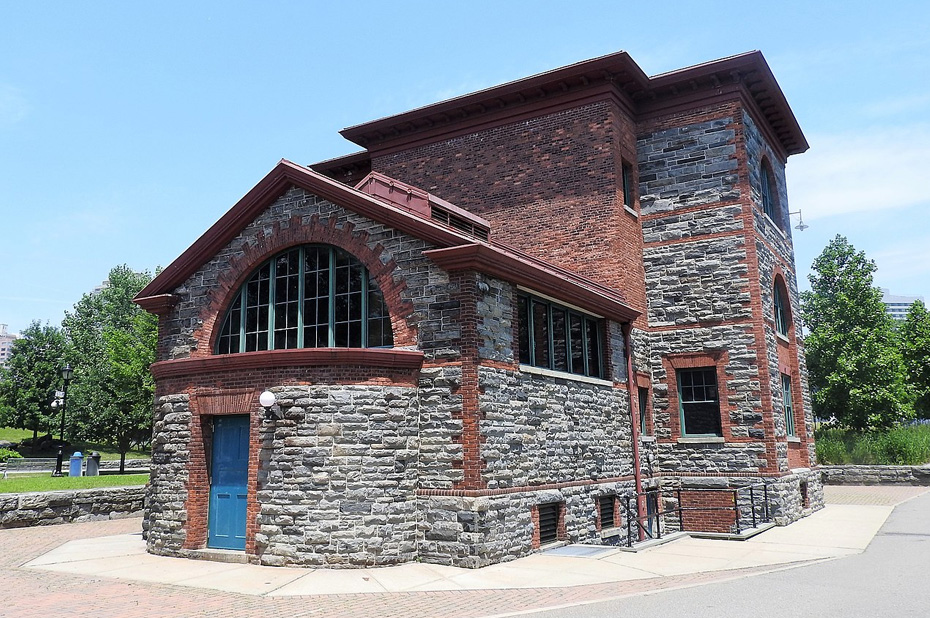For the price of a subway ticket, New Yorkers and tourists alike can take a day trip to this picturesque island rooted in haunted history without technically leaving Manhattan.
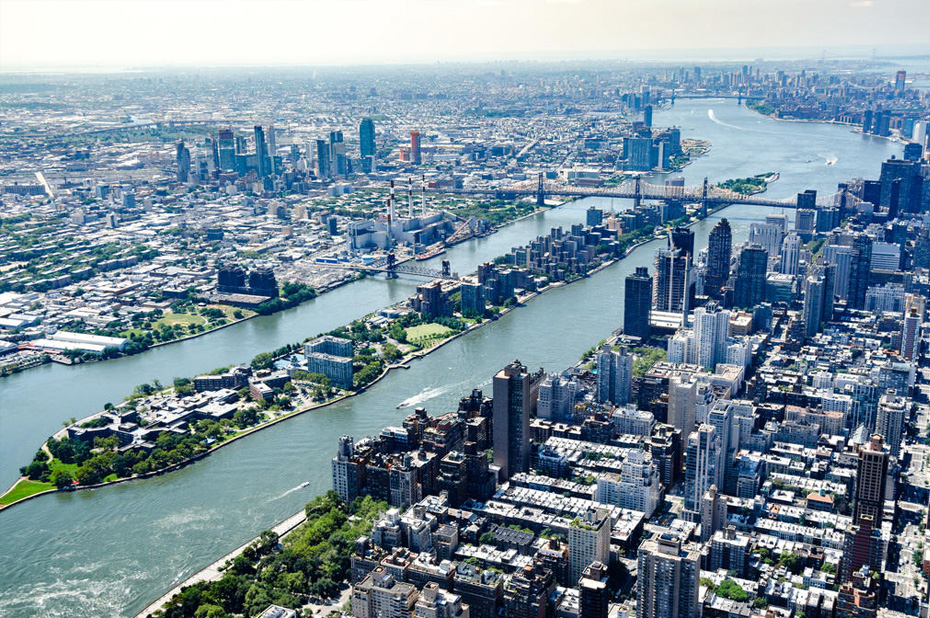
Roosevelt Island is located between the Upper East Side and Queens, and is accessible by bridge, ferry and cable car, and subway.
When you cross over to the other side, you feel like you’ve left the city and gone into a scary parallel suburb. For 100 years, from 1832-1930, the island was used to house New York’s “undesirables” – convicts, mentally insane and quarantined smallpox patients. Today, it is a charming island with excellent views of the city skyline with picnic spots and parks.
How do I get to Roosevelt Island?
By cable car: Take the 4, 6 or N (express) train to the Lexington/59th Street stop. From the station walk east to E 60th Street and 2nd Ave. There you will find a red entrance that will lead you to the cable car. The ticket is the same as a metro ride. Just swipe your card or pay $2.75 to “fly” past the Queensboro Bridge.
Roosevelt Island is also accessible by F train (Roosevelt Island stop), bus, car and ferry (Roosevelt Island Ferry Terminal).
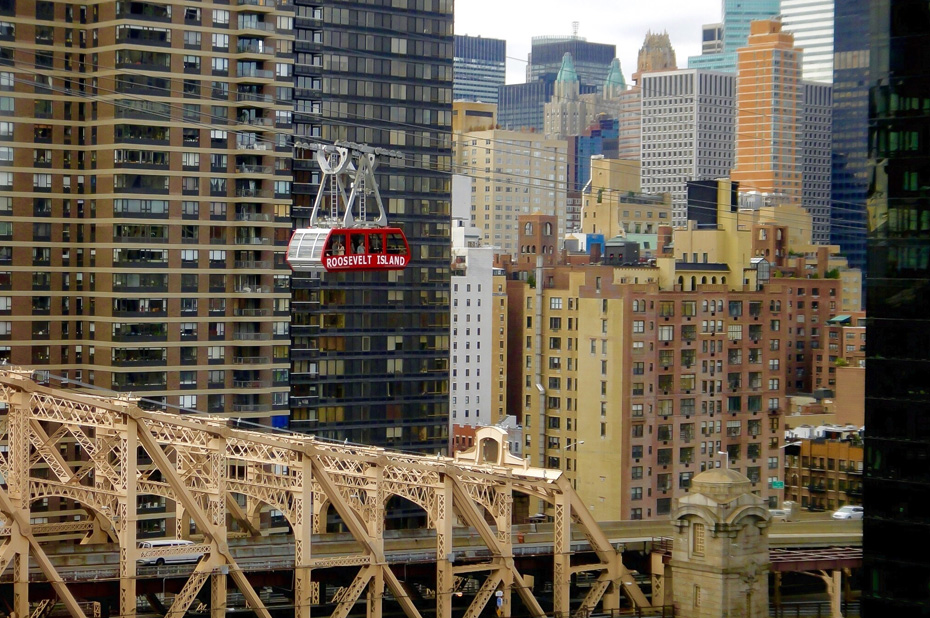
When to visit Roosevelt Island?
There is no bad time of year to visit Roosevelt Island. Check the island’s events calendar to see if there are any upcoming events to plan your visit.
What will I see on Roosevelt Island?
The picturesque kiosk of the island’s Visitor Center is located right next to the cable car exit. Inside there are maps of the island and staff who will answer all your questions before asking you to sign the guest book.
From here, you can walk to the north side of the island (25 minutes), the south side of the island (12 minutes) or take the free Red Bus that runs around the island every 8-15 minutes.
North Island
The Blackwell House: Before the City of New York purchased Roosevelt Island in 1825, it was owned by the Blackwell family for generations. This farmhouse is the sixth oldest house in New York City, built in 1796. The interior was renovated in 2020 to restore its 18th century decor.

The Octagon: One block south of the lighthouse, this mid-19th-century remnant was built as the main entrance to New York’s Lunatic Asylum, and its architecture was so impressive that it won the praise of Charles Dickens. The asylum was converted into a hospital and then neglected for decades starting in the 1950s. In 1972, the building was listed on the National Register of Historic Places and in 2006 it was renovated as a luxury residential complex. Some of The Octagon’s current residents believe it is still haunted.

Lighthouse Park: At the north end of the island is the original lighthouse and the park is perfect for a picnic. There are BBQs, picnic tables and plenty of greenery. It is a Gothic Revival lighthouse, built in 1872 using granite quarried from the island itself – and built, according to legend, by a patient of the former asylum.
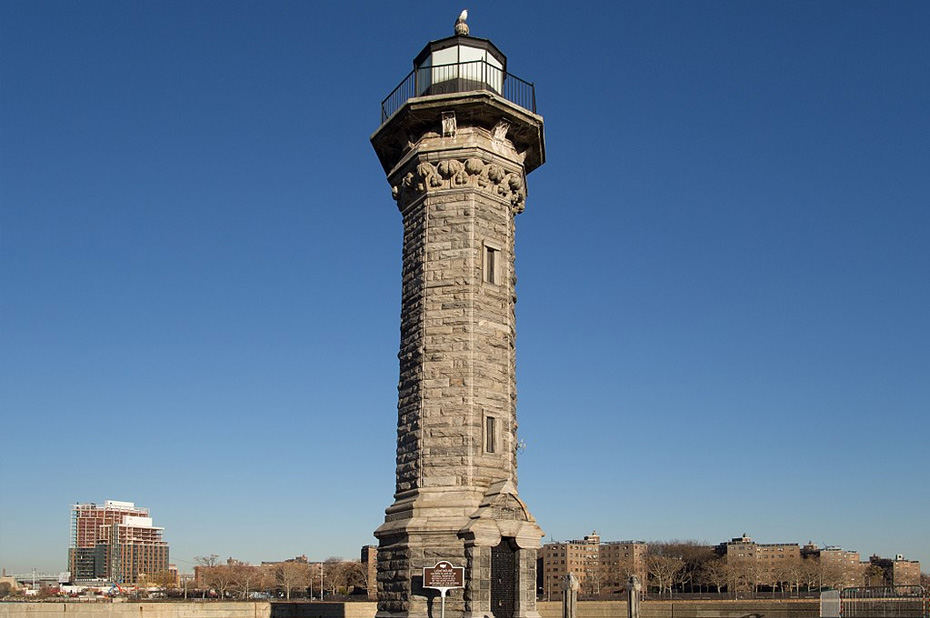
Main Street: Like any other neighborhood, Roosevelt Island has local residents, grocery stores, a post office, library, community garden and restaurants.
South Island
The Esplanade: Heading south on the right side of the island, enjoy beautiful views of the city skyline and the Queensboro Bridge. Made for cycling, walking, dog walking, they are wide enough for everyone. A pleasant break from the busy streets of Manhattan.
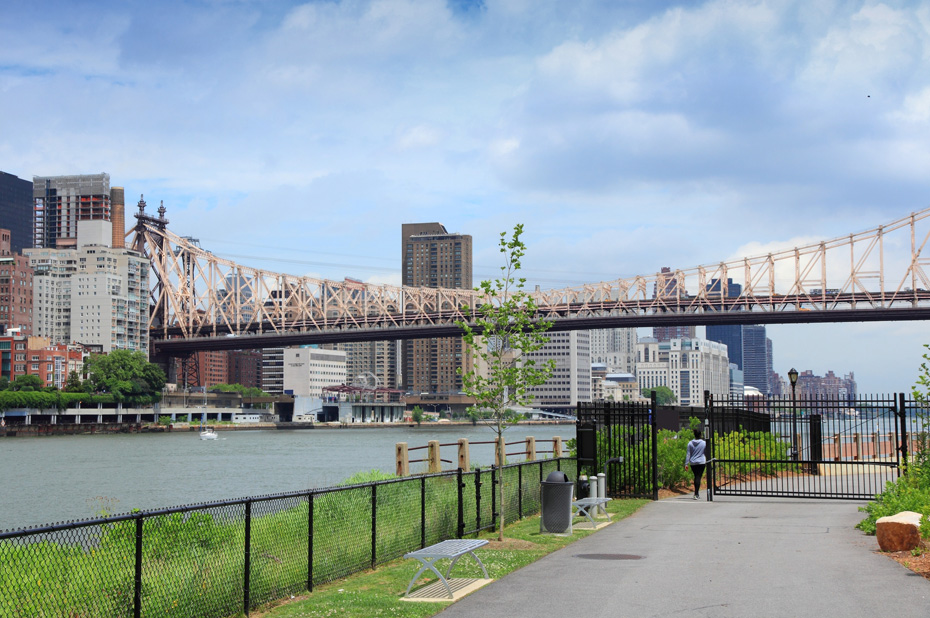
Roosevelt Park: Explore the lawns of the park adjacent to the Cornell Tech campus. Perfect for dogs!

Renwick Smallpox Hospital: See the abandoned ivy-covered remains of the Smallpox Hospital. At night it lights up, making it even more eerie. Built in 1856, it was the first hospital in the country to admit smallpox patients. New Yorkers infected with the disease were quarantined by law at Blackwell’s Island Hospital (the name of the island at the time). Once the vaccine was implemented in the late 1800s, the hospital was closed. During the 1900s, vandals destroyed the metal details and the roof collapsed, leaving only the facade.
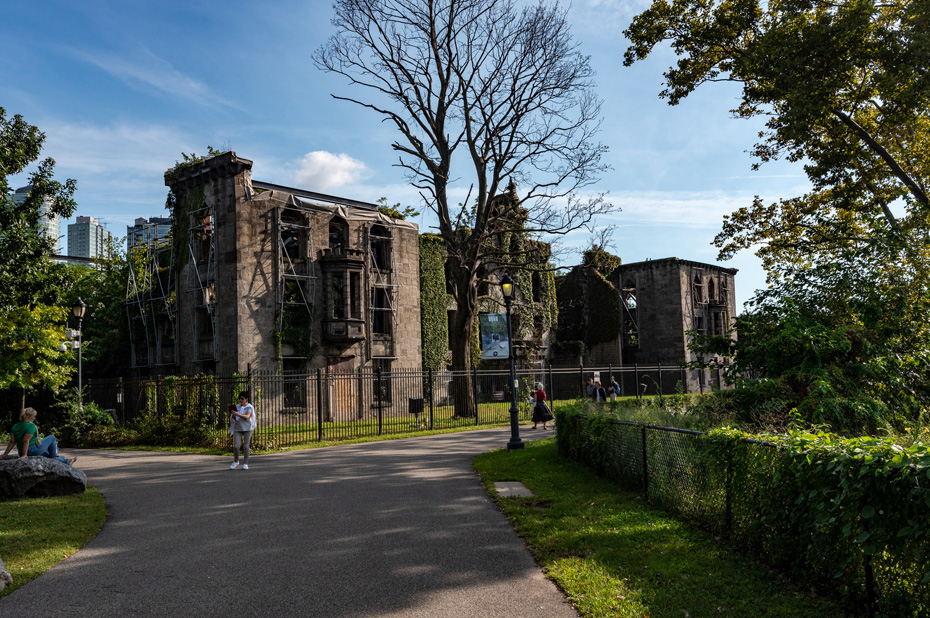
Roosevelt Four Freedom’s Park: Located at the southernmost tip of the island, the Four Freedom’s is a memorial to the island’s namesake, former President Franklin D. Roosevelt. Perfect for watching the sunset, gazing at art exhibitions and even witnessing the famous Manhattanhenge.
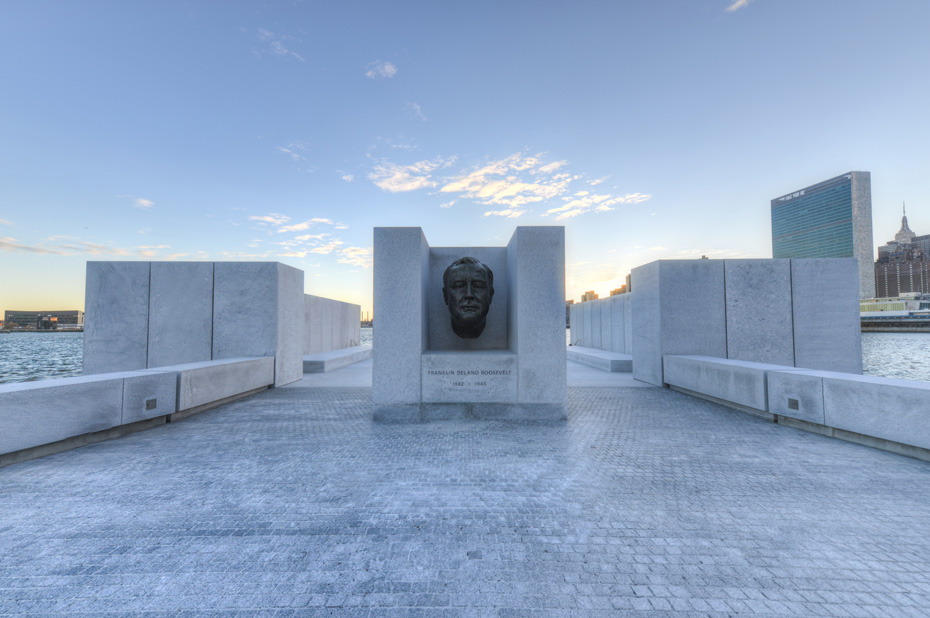
Strecker Memorial Laboratory: This small stone Romanesque Revival building was built in 1892 and was then the first laboratory in the country devoted exclusively to pathological and bacteriological research.
